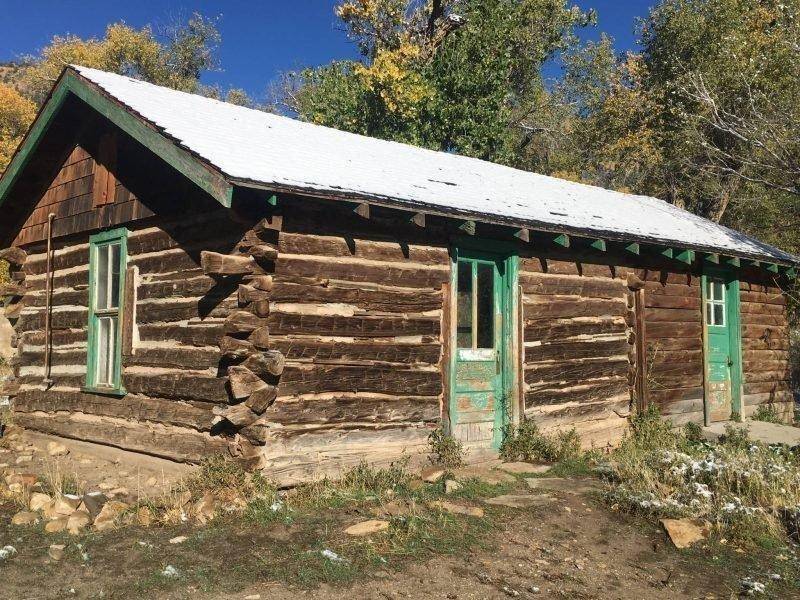If you travel northeast along the calming and leisurely drive leading away from the small town of Wellington Utah, you will meander along the banks of Soldier Creek Wash for several miles.
Passing farms (past and current) brings you to the mouth of Nine Mile Canyon, where you are welcomed by the remnants of the once highly operational Soldier Creek Mine. Though several structures remain, the portals have been sealed, relieving coal miners of their labor. To me, the mine stands as a monument to our area and seems to call to me each time I pass by.
Continuing beyond the mine and winding your way down into the canyon itself you will continue to see the history of the generations that have lived, died, came and gone in the rugged beauty of Nine Mile Canyon. From the homesteaders and ranchers, to the early tribes, Nine Mile Canyon truly is a place of cowboys and Indians.
In recent years I have taken many trips to the arterial areas of Nine Mile Canyon, and have spent countless hours hiking and horseback riding in the many veins feeding her. In doing so, I have gained an appreciation for her rugged beauty and her wild tranquility. Learning the stories, seeing the remnants and traveling the trails, has helped develop a love for the history and a tie to the area that I hadn’t felt before.
In a recent stop at the Cottonwood Glen pavilion, I learned that Nine Mile Canyon, like so many other places in the Carbon and Emery area, has mining roots. In 1886, the United States Army converted the existing trail into a road to assist the many gilsonite farms of eastern Utah. Gilsonite is a mineral used in gums, wire insulation, and waterproof paints. The improved road also served as a freight route between the railway near Price and the military post of Fort Duchesne. The road was paved in recent years, making access into the natural museum much more convenient.
There are tokens of history throughout the canyon, and with a little homework and a keen eye you can spot old corrals, outbuildings, petroglyphs, tribal structures, cowboy outposts, line shacks, rock huts, wild game and more. It is a place that as you visit and consider what it takes to carve out a ranch, or garden there, you understand where the term “earnin’ a livin’” may have come from.
As I have hiked her rugged canyons, scaled her rock ledges and traversed her ridges, I have found desolation-like terrain. Then, in the very same draw, a small pool of water rises up, giving birth to deep grass and a jungles of trees. Majesty and mayhem residing right there, together in harmony.
I think that in today’s world, there is too much feeling of entitlement, too much sense that the prize should be ours without paying the cost or thinking that things are just too hard. We cannot forget that life is good, and greatness is earned. Like the tribes, ranchers, and homesteaders of the rugged Nine Mile Canyon area, a little grit, guts, and God goes a long way along the path to success.

